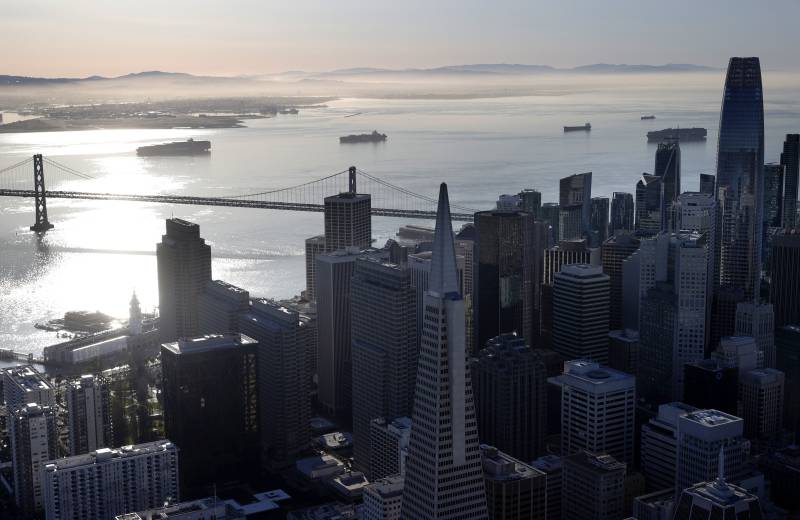Previous research has shown this extreme melting would take place over centuries. The new study found melting — in all plausible climate scenarios — is likely to be more severe and will continue this century, even if significant emissions cuts come in the coming decades.
However, the authors note they “cannot quantify the sea-level rise contribution implied by our findings.”
UC Davis professor Mark Lubell said the study is like “a time machine” for the impacts of sea-level rise, even if it doesn’t have granular estimates for exactly how much sea-level rise the Bay Area can expect in the coming decades.
“We can’t predict the future perfectly, but this puts more weight into the likelihood of more severe rapid sea-level rise, which means that we need to think more seriously about adaptation in the Bay Area,” said Lubell, who studies governance and sea-level rise.
When Violet Wulf-Saena read the news about the study, she wasn’t surprised. She directs Climate Resilient Communities, advocating for communities facing climate vulnerabilities in flood-prone areas like East Palo Alto.
She said the study shows it’s imperative to finish existing sea-level rise projects early, not decades into the future.
“Communities want to see things happening now because even though the science and the data are showing us that sea-level rise will impact us, communities are already impacted,” she said, referring to flooding from recent storms.
The findings were not shocking for UC Berkeley’s Kristina Hill, who works on California’s updated sea level guidance. Still, they should be considered a warning of what’s to come.
It’s not just the West Antarctic ice shelves that are melting. Ice in polar regions around the globe is thawing, and Hill said the findings “confirm” the state’s recent guidance of preparing for 1 foot of sea-level rise by 2050 and 3.5 feet of sea-level rise by 2100. And she added that the Bay Area needs to prepare for potentially even more water, two to three feet over the next three decades.
“It’s not like it’s all going to start in 2050; we’re going to see more flooding along the way from high groundwater and sea level events,” she said.
Hill is concerned that rising groundwater — shallow surface water pushed up by rising seas — will come in contact with buried contaminants around the lip of the bay.
“We’re going to be increasingly waking up to how rising groundwater could cause health risks for people in urban areas,” she said.
Mark Stacey, an environmental engineer at UC Berkeley, said while the findings are alarming, people should treat them cautiously.
“I don’t think it necessarily implies more or less sea-level rise than was anticipated, but it makes clear that for all but the highest of high emissions scenarios, sea-level rise will proceed pretty similarly through the end of the century,” he said in an email.
For state agencies, like the Bay Conservation and Development Commission, preparing a regional sea-level rise plan, the study “amplifies a sense of urgency” behind completing their project as soon as possible, said Dana Brechwald, assistant planning director for climate adaptation with the group.
“This study can light a fire under decision makers to maybe do something about it when they would have formerly waited,” she said.
